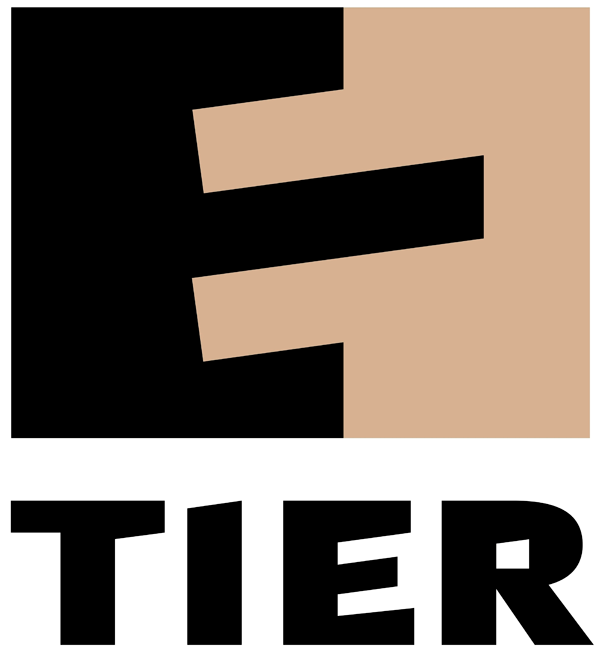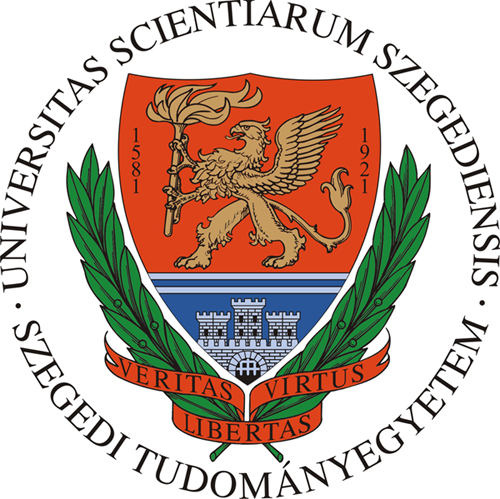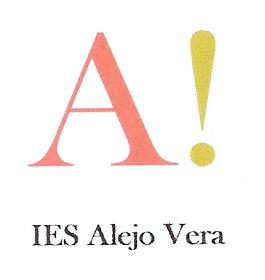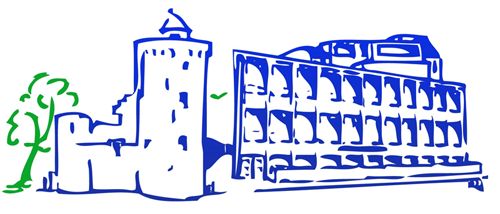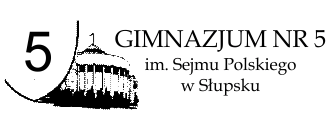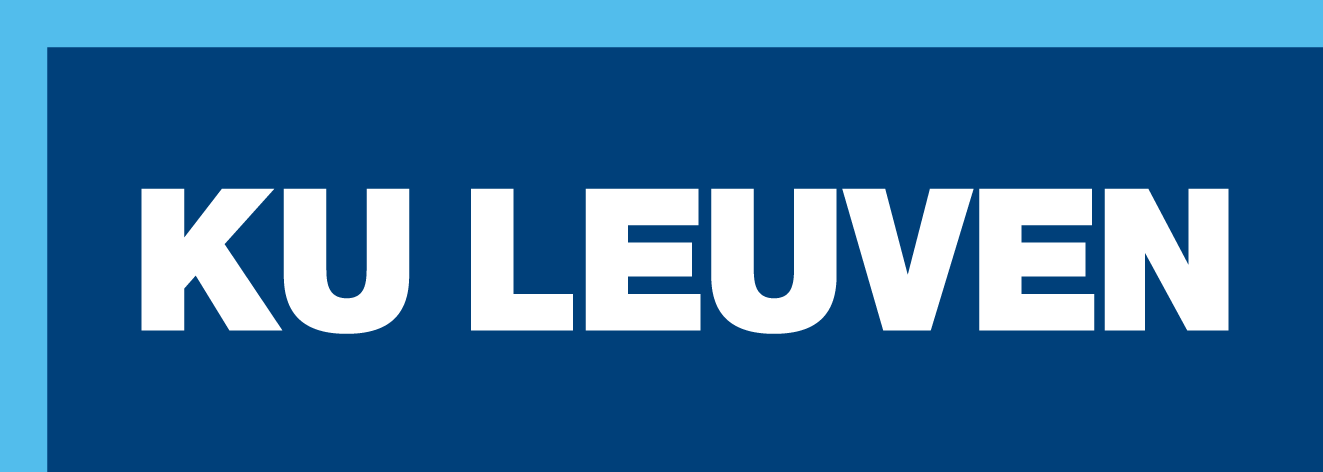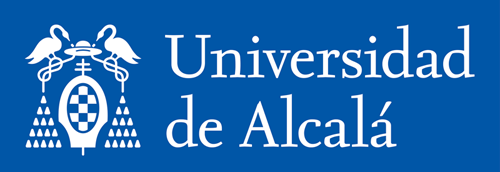INTRODUCTION
From the sociological perspective, having a minority status has always been interpreted as negative (Phenice & Griffore, 2000). A minority is a culturally, ethnically, or racially distinct group that coexists with but is subordinate to a more dominant group. As the term is used in the social sciences, this subordinancy is the chief defining characteristic of a minority group. As such, minority status does not necessarily correlate to population. In some cases one or more so-called minority groups may have a population many times the size of the dominating group (from https://www.britannica.com/topic/minority).
When minority, which also results in diversity, is studied not within the society but in the classroom, it is not only the racially or culturally diverse groups experiencing difficulties but also the teachers as well. Because it is the class teachers’ task to undermine the objective of neutrality. However, unfortunately, especially in countries like Turkey which has started to face the minority issues, the teachers are not ready to deal with the “other” in the classroom, say it from a different culture, race and/or sexual orientation. This is mainly because the current teacher training programs do not train future teachers on solutions which point to the fact that a culturally relevant atmosphere supports one’s ability to naturally adapt to otherwise unfamiliar and threatening situations. Teachers should be empowered to be able to realize that cultural relevance and therefore the acceptance of the “other” enhances student performance and, more importantly, that it underscores the vitality of the student-teacher and student-student relationship itself. Therefore, it is a must that the teachers should be equipped with the sociological, psychological and pedagogical aspects of having diverse student populations in their classrooms and they should also be aware of the tactics to deal with that. It is vital that teachers should know how to recognize and mitigate negative implications of the minority effect, thus their awareness of the “other” will be strengthened.
Teachers, the backbones of the education system in a country, have a lot to do to make the learning environment more democratic and open to the “other” as well. However, the question is if the teachers and/or trainee teachers are equipped with the necessary knowledge. Both teachers and teacher trainees should learn about the acceptance of diverse groups in their classrooms and what to do to make their learning environment more democratic, open to individual expression, flexible, and tolerant. The idea is teachers should believe in equality and foster flexibility and tolerance. However, the question is “How is this going to happen?”
Teachers, schools and communities have a vital role helping children with diverse backgrounds do well in school and in life. Unfortunately, studies reveal that our schools are not that tolerant yet. Even the teachers have difficulty in adjusting to the new situation where children and young adults with different backgrounds and sexual orientations increasingly attend schools. According to the results of the GLSEN’s 2011 National School Climate Survey, 4 out of 10 students heard their peers at school make racist remarks often or frequently at school. It is at that point where teachers and their perception about the topic gains importance. Studies show that there are lower levels of bullying or a reduction in bullying behaviour over time in schools in which students perceive more support from teachers (Kosciw et al., 2012). Even that shows how teachers play an important role in promoting safety, flexibility, tolerance and reducing bullying and creating a more democratic environment in schools.
In order to answer the question “How is this going to happen?” we can empower teachers in terms of values of:
- belief that each person is unique, special and a “basic unit of nature”
- open society that ideally treats everyone equally
- directness in relation with others
- belief in helping others (Alturism).
Studies reveal that students tend to have better academic results when they have teachers who reflect their own race, ethnicity and/or sexual preferences. Teachers, as an important figure in their classrooms, can do something to bridge the gap. It is important that diversity and awareness be a central and deliberate part of a classroom’s interaction with students. Understanding your students, their rich cultures, experiences and preferences are one of the most important ways to make strong connections and trust, can positively influence the teacher’s relationship with them.
As was stated above, this is not an easy task to accomplish. Conversations with teachers in Turkey about the idea of having students with different backgrounds and sexual orientations revealed that many teachers feel better dealing with ethnic differences. They state that language, ethnicity, and cultural diversity can be overcome in time; however as one of the teachers stated “It is not just me who is not ready for students with different sexual orientations, it the other students as well. No matter how hard I try to make my students to accept their homosexual or lesbian friends, they will not be able to do so. They are not ready yet.” It is of course, questionable here if it is the other student or the teacher himself not ready yet. Considering the Syrian immigrants’ situation in Turkey in the past few years, some of the teachers have already faced the issue of the “other” in their classrooms. However, most of these teachers state that they prefer dealing with Syrian students to having homosexual students in their classrooms. One of the teachers said that “At the end, maybe 5 maybe 10 years later, these immigrants will learn the language and start acting in the appropriate way, but this is not true for homosexual students, they will stay the same, and they will continue to be a problem in every stage of their learning.”
STORIES
For inspiration, this video captures a speech by Pete Buttigieg, Mayor of South Bend, Indiana and the first openly gay candidate running for president in the US. Mr Buttigieg - 'Mayor Pete', as he is known - speaks openly about his struggles coming out, and about the need for different minority groups to find common understanding and come together in support of inclusion for all.
DISCUSSION QUESTIONS
- We all find it difficult, at times, to connect with people who are 'different'. Why do you think that is? And does it become harder as we get older?
- Some differences are easier to recognise than others. Can you think of differences we might not be aware of?
- How accepting are you of people who are different by race, ethnicity, gender, or sexual orientation? Can you think back to examples were you welcomed differences, or times where you did not?
- What, concretely, can we do as a classroom or school to be more open to those who might be or feel a little different? What actions could we take to make them feel more comfortable?
RESOURCES
- Phenice, L. A. & Griffore, R. J. (2000). Social Identity of Ethnic Minority Families: An Ecological Approach for the New Millennium. Michigan Family Review. 5(1). pp. 29-39 DOI: http://dx.doi.org/10.3998/mfr.4919087.0005.103
- https://www.britannica.com/topic/minority
Kosciw, J. G., Greytak, E. A., Bartkiewicz, M. J., Boesen, M. J., & Palmer, N. A. (2012). The 2011 National School Climate Survey: The experiences of lesbian, gay, bisexual and transgender youth in our nation’s schools. New York: GLSEN.

